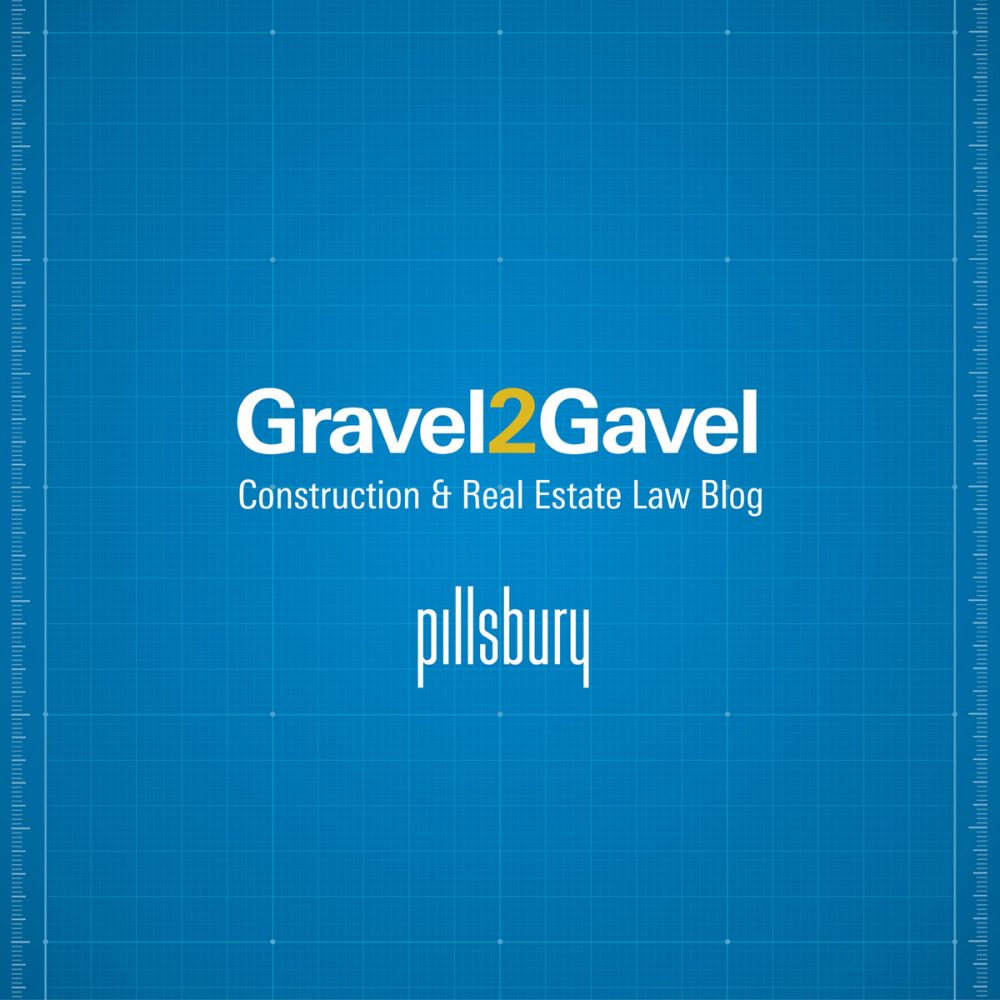Creative Reimagining of Former Office Space to Address Differing Demands — Gravel2Gavel Construction & Real Estate Law Blog — March 21, 2023
Empty office buildings downtown. A housing shortage in almost every major market. Is there a way to address both issues at once by converting historic but underutilized office buildings into apartments and condos in city centers? It’s an idea that has been discussed, and in some cities, implemented in recent years. But while the idea seems simple enough—repurpose existing office space for residential and mixed-use projects—there are some real challenges limiting the feasibility of large-scale office to residential conversion.
The commercial real estate market is facing an uncertain future. Even as some companies have started requiring that their workers return to the office, many continue to operate under their hybrid or fully remote working models, which companies may commit to permanently. And while some big cities have seen office occupancy levels increase in the past few months (CBRE notes that Austin and Houston both saw occupancy levels above 60% in January, up around 25% from 2022 levels), the ongoing impact of COVID-19 and uncertainty in the global financial markets are keeping many office buildings empty in major cities around the country. Those tenants who are returning to the office are focusing their search for office space on high-quality, sustainable, amenity-filled spaces to entice workers to return to the office. This flight to quality leaves some older and, in many cases, architecturally relevant, office buildings behind. As a result, there are growing opportunities for the potential adaptive reuse of these existing underutilized structures.
Repurposing existing structures eliminates or reduces some of the hurdles that new construction projects typically face. While the interiors of these buildings will need to be updated to meet residential standards, the building’s foundation, core and shell already exist, eliminating the need to construct the project’s vertical components from the ground up. Depending on the size, age and layout of the original structure, the conversion project may be able to make use of existing HVAC, electrical, plumbing and elevator systems. These advantages may significantly reduce the time and expense required to bring new residential units to the market.
However, office-to-residential adaptive reuse also entails some unique and extensive costs, which may make the model prohibitive for certain projects or certain markets. While project developers can save money by using the existing building’s core and shell, they will still incur significant upfront acquisition costs. The interior conversion work itself will also carry a heavy price tag, which in turn requires developers to seek out largely discounted deals from motivated sellers looking to offload an otherwise struggling or vacant asset. And although the existing core and shell are in place in these buildings, office and residential floorplates are inherently different in ways that can’t always be reconciled. Office buildings have deep floor plates making it hard for natural light to reach interior space, and utilities tend to be centralized, meaning existing HVAC, electrical and plumbing may need extensive retrofitting to accommodate the shift in use from offices to residences.
Zoning and planning approvals, building codes, and residential tenant protection rules present further issues. Cities like New York and San Francisco have strict tenant protections like rent control and relocation requirements, further adding operational costs that don’t typically exist for office buildings. And residential uses are not always allowed by-right in central business districts, meaning that conversion projects may face additional (often discretionary) review and approval requirements from local governments beyond what would be required for a traditional office buildout.
Houston: Embracing the Potential for Major Office to Residential Conversion
Houston, a city known for leading innovation in the energy and medical fields, has taken hold of the adaptive reuse concept, with two well-known mid-century office towers already being converted into residential buildings. 800 Bell, an iconic 1960s building serving as the former headquarters of ExxonMobil, was recently sold to New York-based developers intending to renovate the 45-story office building into residential units. Across downtown, 1801 Smith, another 1960s office building, is in the process of being converted into a 372-unit luxury complex and is slated for completion later this year. 1801 Smith is a terminus for a portion of the extensive corridor system connecting 95 city blocks of downtown Houston, which will allow future residents to easily access the restaurants and retail serving the downtown community. These projects highlight the benefit of bringing residents to the central business districts and promotes sustainability by keeping people close to their jobs, within the reach of public transportation systems and vibrant downtown amenities.
Houston’s Downtown Redevelopment Authority (DRA) is seeking to fund a new adaptive reuse incentive program targeted at rehabilitating and repurposing underutilized office space within downtown. The DRA recently received funding to conduct a feasibility study in the area to identify potential building candidates and gauge owner interest in a full Office Conversion Program. The feasibility study will be designed to evaluate the economic challenges related to adaptive reuse in Houston and the legal, regulatory and permitting concerns associated with conversion projects.
Government Involvement Likely Necessary to Facilitate Conversion Projects
Realistically, given the financial hurdles, government support and funding may be necessary to make widespread office conversion a reality. The DRA recognizes one of the critical limiting factors in a full office-to-residential conversion is the upfront cost, and notes that for the Office Conversion Program to be effective, Houston’s local government will need to be willing to assist and encourage developers financially through tax incentives. Houston has a history of such government support for downtown development initiatives; between 2012 and 2016, Houston conducted a program designed to incentivize the construction of mid- and high-rise residential structures in the downtown Houston area. The Downtown Living Initiative was very successful, with the over 15,000 units built since the start of the initiative representing nearly two-thirds of all housing in downtown Houston. Time will tell if other cities undertake similar efforts to support conversions of office towers into residences, and whether any such actions significantly alter the feasibility of future conversion projects.
Federal policymakers have also considered offering assistance to conversion projects. Michigan Senator Debbie Stabenow and California Representative Jimmy Gomez introduced the Revitalizing Downtowns Act in 2021, expanding existing investment tax credits to add a credit for qualified office conversions. The credit would be for 20% of the conversion project’s expenses incurred in converting a building that (1) prior to conversion was a nonresidential building offered for lease to office tenants, (2) has been substantially converted from an office use to residential, retail or other commercial use, and (3) was in service in its nonresidential capacity for at least 25 years prior to the conversion. To qualify, a project would be required to incorporate affordable housing—20% of units must be available for individuals whose income is 80% or less of the area’s median gross income, unless the building is subject to a written state or local affordable housing restriction. It is unclear whether the legislation will be reintroduced in the new Congress, but the bill demonstrates an appetite among policymakers at the national level to support efficient use of urban real estate.
These projects can be expensive but serve as a tool to address both the problems of much needed housing and ongoing commercial vacancies. Local efforts like those proposed through Houston’s DRA along with similar local, state and federal programing provide opportunities for owners and developers to access otherwise economic unfeasible or cost prohibitive projects while also addressing the larger social need for more housing options in these major urban areas.
RELATED ARTICLES
The Risks and Rewards of Sustainable Building Design





